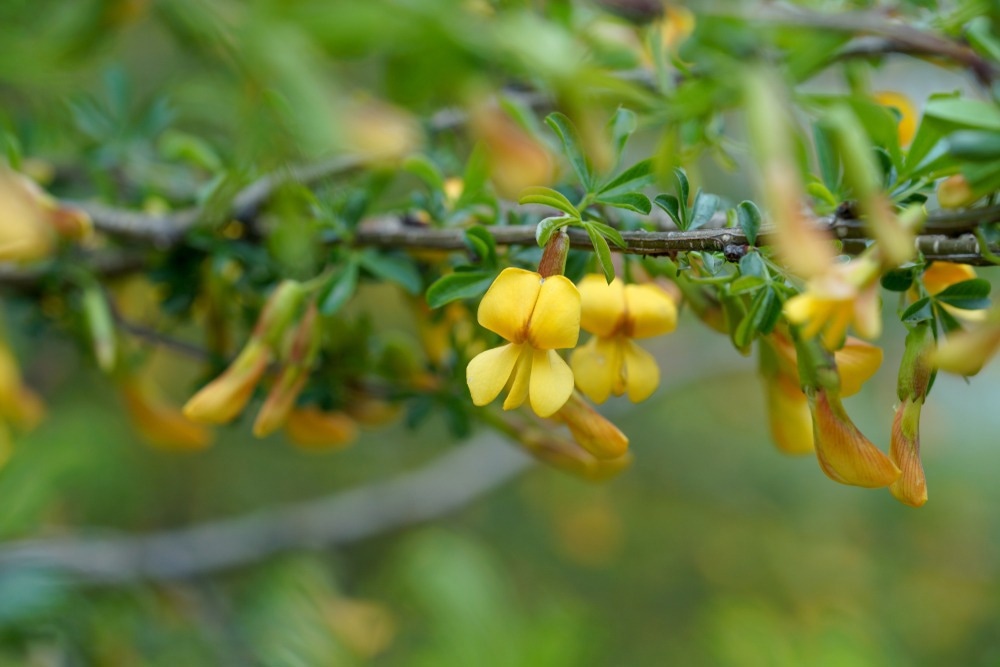Reviewed by Danielle Ellis, B.Sc.Jul 31 2023
In the family of legumes, the genus Caragana is significant both ecologically and pharmacologically. On the entire Asian continent, Caragana is essential to the ecosystem of the cold desert. However, it has proven difficult to identify the genus’ taxa correctly.

Image Credit: JIANG TIANMU/Shutterstock.com
Investigators from the Xishuangbanna Tropical Botanical Garden (XTBG) of the Chinese Academy of Sciences attempted to establish a DNA barcoding standard to facilitate accurate identification of Caragana species, which will help in quality control procedures, particularly for highly fragmented herbal materials. The study was published in the Journal of Systematics and Evolution.
The investigators sampled this genus’ taxon in the most comprehensive way possible. They assessed the performance of four DNA barcoding regions—nrITS, trnH-psbA, matK, and rbcL—using three analytical techniques: Pairwise Genetic Distance, Sequence Similarity, and Phylogenetic Tree method.
For differentiating between Caragana accessions and species, they discovered that the nuclear ITS region was the most precise and effective barcode. It can distinguish between different Caragana species and has the highest discrimination rate when used alone or in conjunction with trnH-psbA.
Surprisingly, Caragana species could not be identified using the previously advised universal plant barcode rbcL + matK markers. The researchers advise using either the ITS alone or the combination of two regions (trnH-psbA + ITS) as Caragana plant barcodes.
To our knowledge, the present study is the first attempt to use DNA barcoding for Caragana and its relatives.”
Hongmei Liu, Xishuangbanna Tropical Botanical Garden
Source:
Journal reference:
Rather, S. A., et al. (2023) DNA barcoding of recently diverging legume genera: Assessing the temperate Asian Caragana (Fabaceae: Papilionoideae). Journal of Systematics and Evolution. doi.org/10.1111/jse.13009.